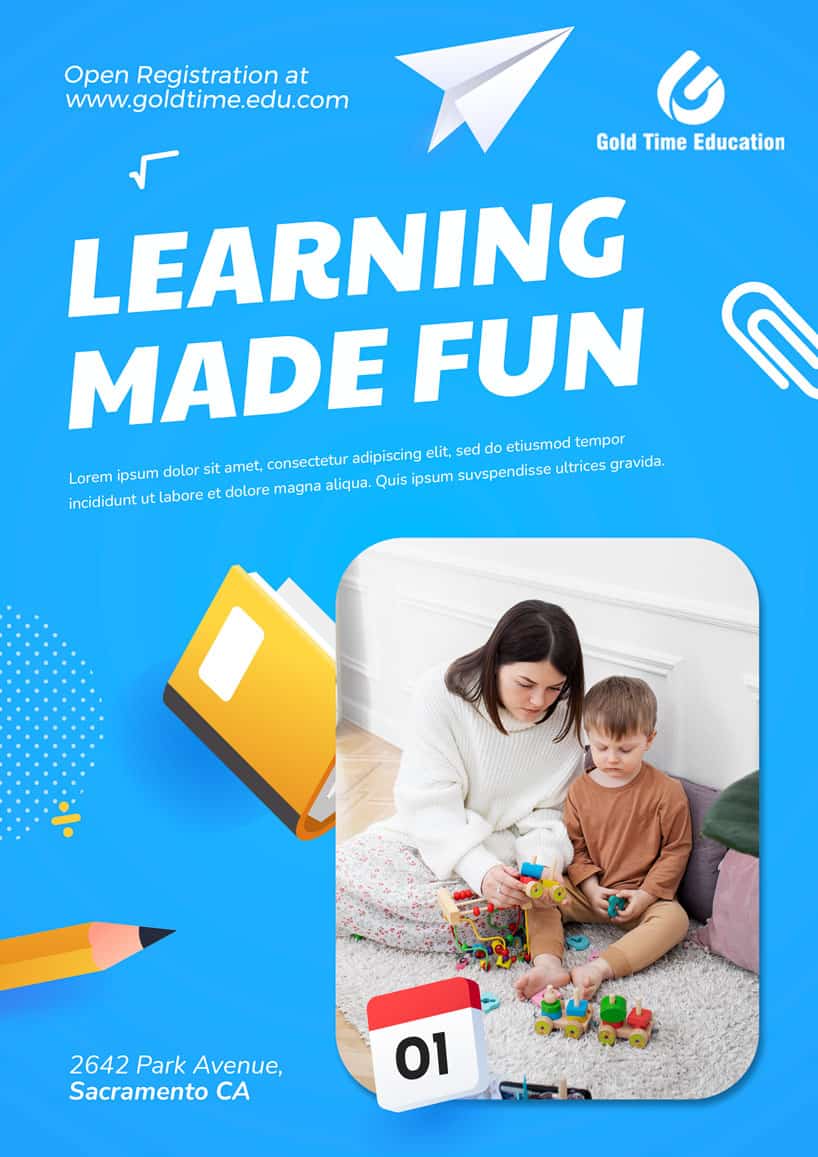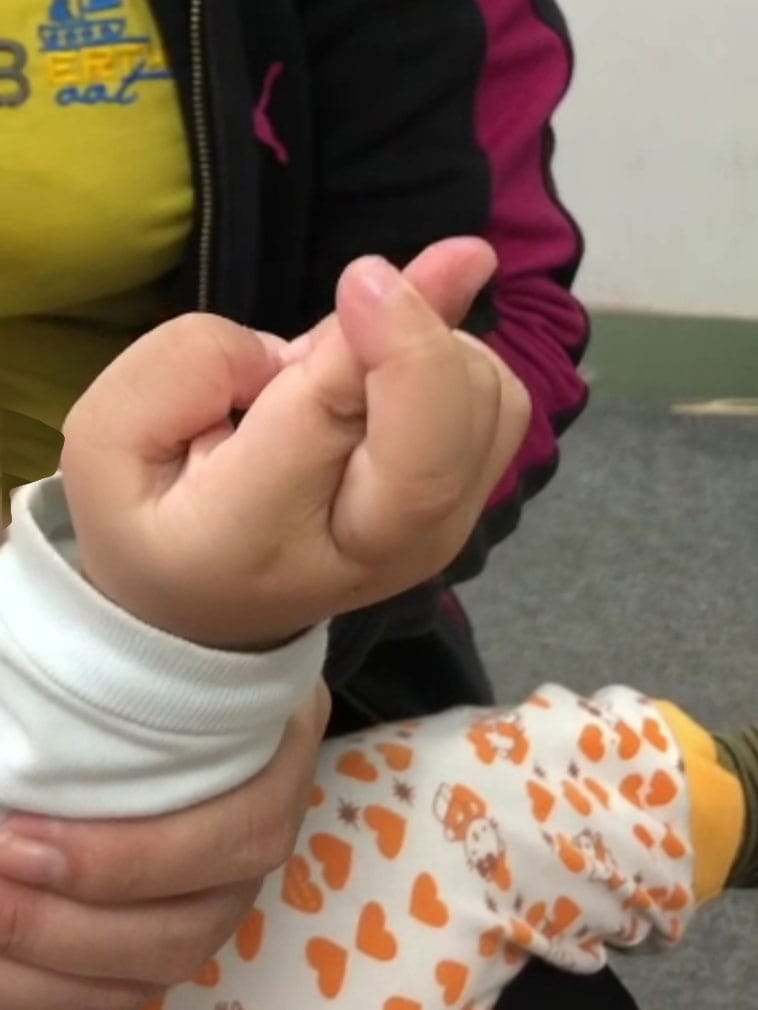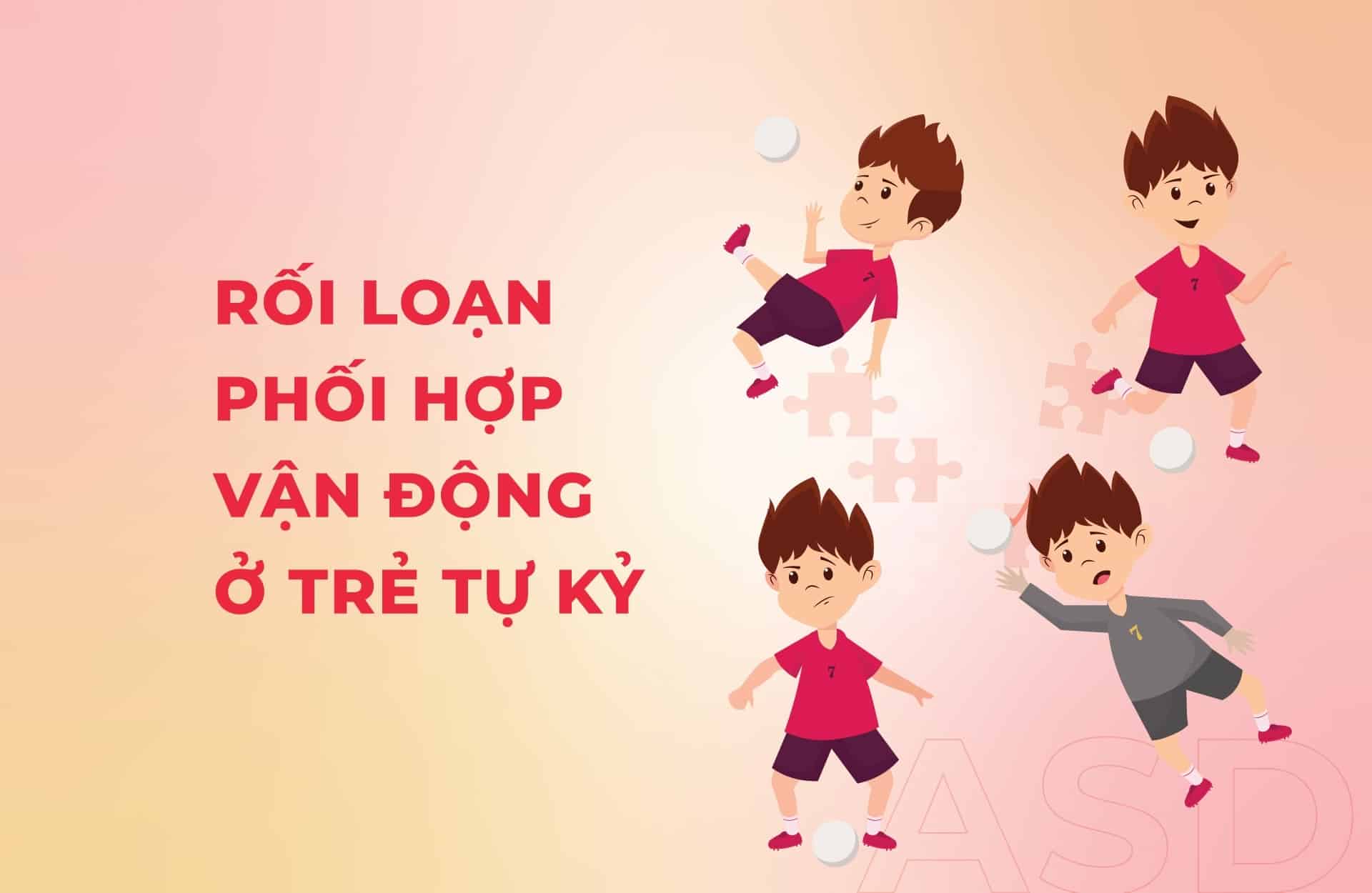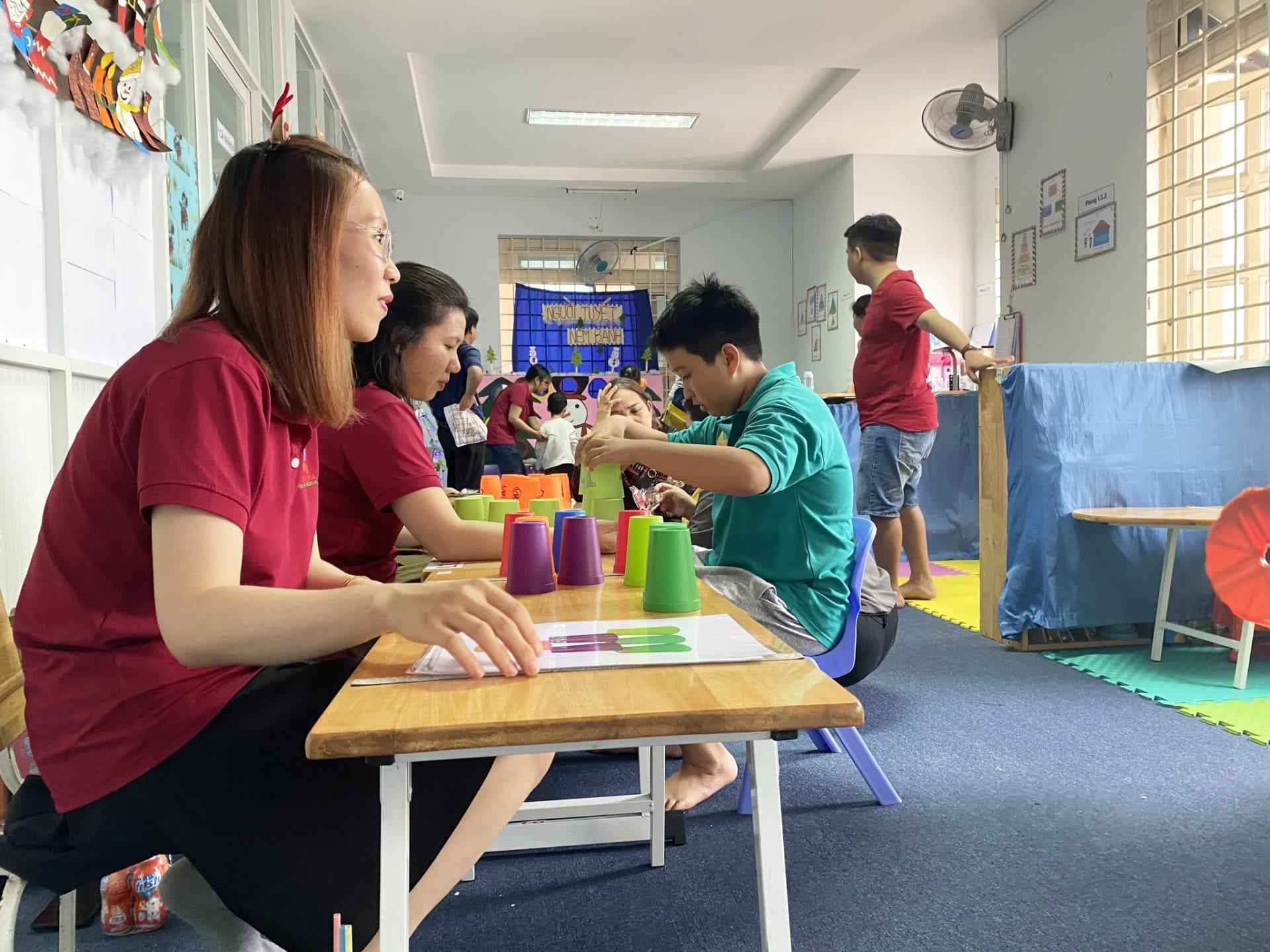**What is the cerebellum?**
– The cerebellum is a part of the nervous system located behind the ear on both sides.
– The cerebellum plays a role in balancing the body, maintaining balance in various positions, during activities, coordinating moving parts such as eyes, hands, feet, and the body itself… The cerebellum also plays a role in spatial orientation.

**What is vestibular disorder?**
– Vestibular disorder is a condition where the transmission process is disrupted or blocked due to damage to the vestibulocochlear nerve (cranial nerve VIII) or the blood vessels supplying the brain, or other injuries in the inner ear and brain area. This causes the vestibular system to lose its ability to maintain balance, leading to body instability, dizziness, and vertigo.
**Functional vestibular disorder** makes children overly sensitive to stimuli, react fearfully to normal motor activities, or seek intense sensations during movement.
**SOME SYMPTOMS OF VESTIBULAR DISORDER IN AUTISTIC CHILDREN**
**CHILDREN HAVE BEHAVIORS THAT ALWAYS SEEK MOVEMENT SENSATIONS:**
☀️ Constant movement and high energy levels
☀️ Spinning, bouncing, and jumping
☀️ Propelling themselves forward or backward
☀️ Climbing
**CHILDREN FACE DIFFICULTIES IN PERFORMING FUNCTIONAL ACTIVITIES:**
☀️ Difficulty in performing activities at the table: sitting in class, sitting to eat
☀️ Poor attention span
☀️ Difficulty in performing gross motor skills: throwing, catching balls
☀️ Not perceiving danger and having no fear of heights
☀️ Difficulty in emotional control
☀️ Sitting still for long periods and appearing passive
☀️ Difficulty in bending down or standing up: like putting on socks or shoes
☀️ Moving the body in a certain way, resembling a robot
☀️ Difficulty in gross motor activities
☀️ Difficulty in dressing
☀️ Difficulty in climbing stairs or some activities: rocking, sliding, swinging
☀️ Reluctance to participate or avoid activities or games
☀️ Difficulty in emotional control
☀️ Preferring a certain posture, such as feeling uncomfortable when forced to stand up after sitting still.
☀️ Preferring to be hung upside down from tree branches
☀️ Not wanting to lift their feet off the ground
☀️ Not liking rough play
☀️ Feeling uncomfortable when riding in a car
☀️ Feeling confused and uncomfortable when stretching forward.
**SOME MEASURES TO REGULATE VESTIBULAR SENSATIONS FOR AUTISTIC CHILDREN**
Have children move around the classroom in various ways: zigzagging, moving in two directions, jumping up and down, and crawling.
Encourage children to move in different directions using different methods to develop dynamic and static balance.
Have children sit on T-chairs or therapy balls.
Encourage participation in physical activities such as shaking their bodies, swinging, rolling, or jumping.
Encourage adjusting to various postures through activities.
Massage different joints to apply pressure to the body.
Gently rock or swing the child.
Bounce on a parent’s or therapist’s lap or on a ball.
Rock back and forth in a towel or blanket.
Move to the rhythm of a song.
Spend time playing in the playground.
Jump.
Run, walk, roll.
Overcome obstacles on the way that the child moves.
Play games that require bending down.
Spin on a chair.
Ride a scooter.
Somersault.
Have the child lie face down on the floor when playing to receive sensory input from the abdomen.
Mimic animal walking postures.
Give the child regular rest periods to avoid overload.
Place a cushion under the chair or under the child’s feet.
Ensure that the child’s feet are placed comfortably.

Here’s the translation:
**SUGGESTIONS FOR EQUIPMENT AND TOYS TO REGULATE VESTIBULAR SENSATIONS FOR AUTISTIC CHILDREN:**
– Balance board, balance beam, rocker board;
– Bicycle;
– Yoga massage balls, integrated yoga massage balls, lacrosse massage balls…;
– Spike balls, spike balance pods, hedgehog sensory balls,…;
– Straight tunnels, 4-way tunnels;
– Swing bag;
– Multifunctional ring puzzle;
– Wooden foot massager, black and white mat, colorful spike mat, daisy spike mat;
– Integrated movement, 114-piece comprehensive movement set;
– Climbing wall;
– Walking cups, egg spoons;
– 12-level sensory pathway and various other items.
Nguồn: Nha Sach Tu Ky








